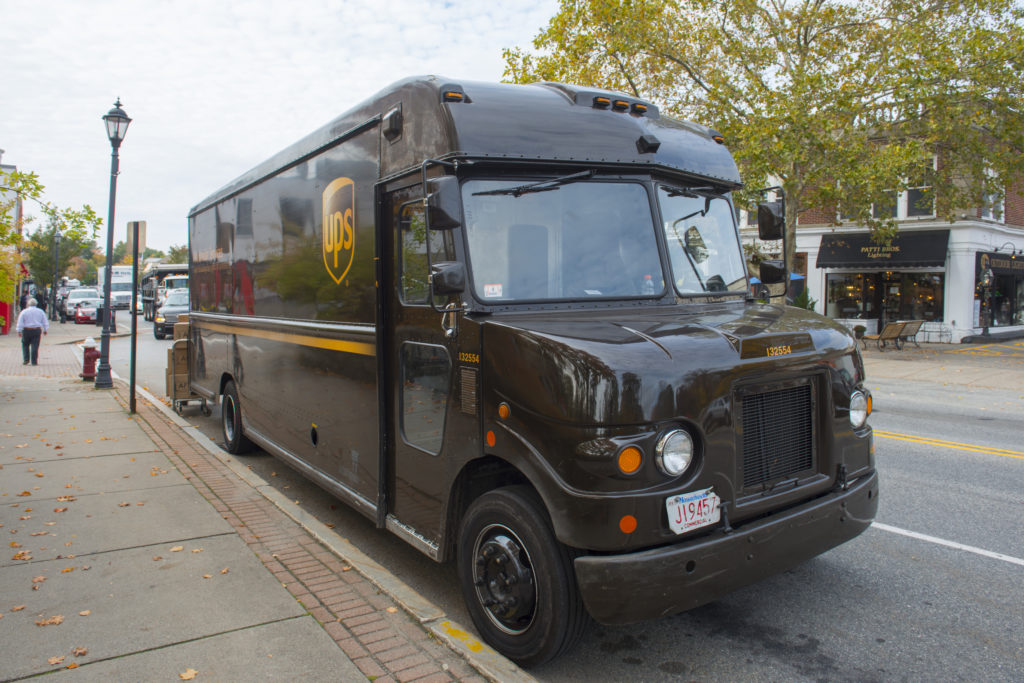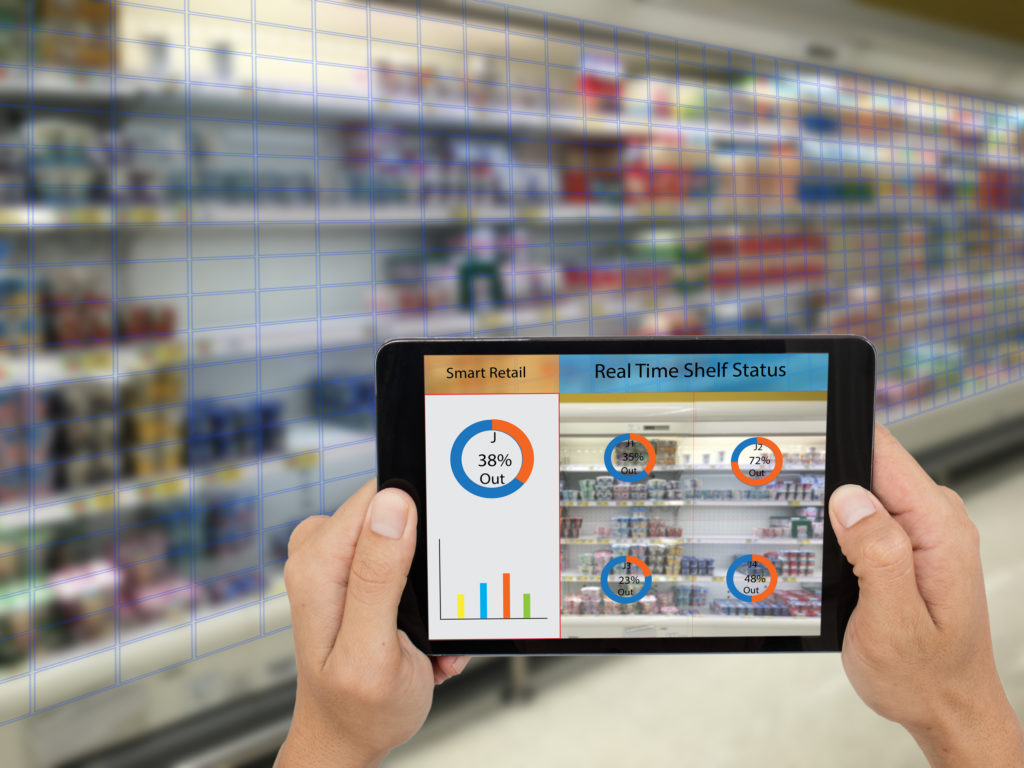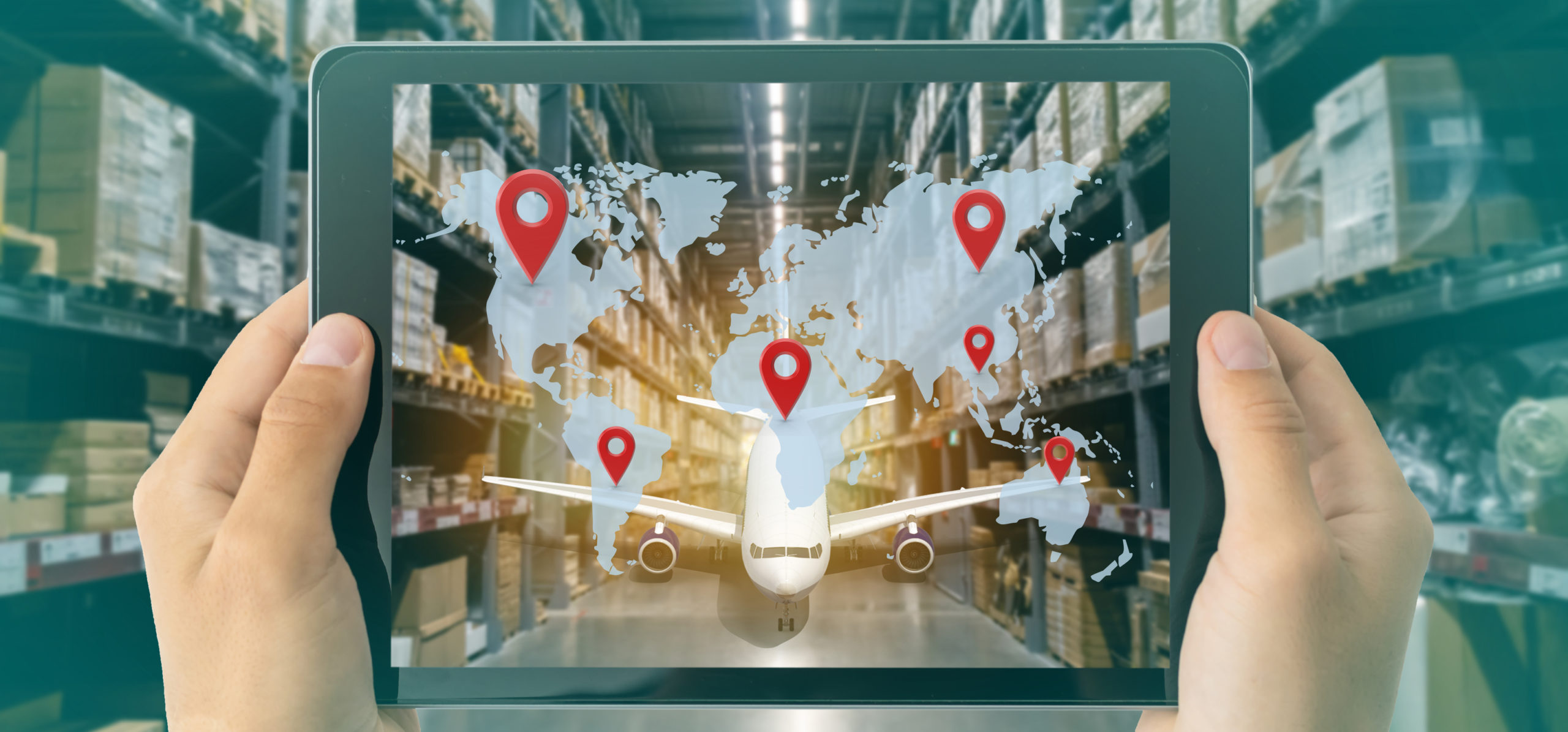In our work on IoT and embedded systems, we often find ourselves adding in some sort of mobile experience—whether it be through a mobile application for the end user or leveraging a mobile device as the gateway for the system.
The market for both IoT and mobile devices continues to grow at steady rates, so adding a mobile component to IoT and embedded systems is often convenient and efficient. But is it right for your next project?
Trends driving IoT and mobile adoption
Here are four factors contributing to the steady growth trajectories of mobile and IoT:
1. 5G
With a speed up to 100 times faster than 4G, the arrival of 5G holds much promise for IoT systems and applications. 5G provides the seamless connection needed between IoT devices within a system, but at a much faster speed. Organizations will be able to conduct deeper and more complex analysis on the data gathered by IoT devices, opening the door for new possibilities and innovation.
2. Industrial IoT (IIoT)
IIoT is an area that has always been near and dear to our hearts. We have designed many embedded systems to assist with predictive maintenance and asset optimization. Companies operating in the industrial space are seeing many benefits from IoT technology, which is spurring them to invest more in this area.
Improved operational efficiencies, increases in productivity, reduced downtime, and cost savings are just some of the advantages. IoT is even improving worker safety and creating new business opportunities (which, of course, lead to new revenue sources).
3. Healthcare
These days, no discussion seems complete without mention of the impact COVID-19 has had on business. Healthcare in particular has seen a surge in the combination of mobile and IoT technologies. Symptom trackers and contact-tracing apps jump to mind, of course.
IoT-based applications are also making it possible for patients to continue to receive quality care without stepping into a physical office. Mobile devices capture and record vital signs such as heart rate and blood pressure, and transmit data to physicians for analysis. Real-time reporting makes sure patients get the appropriate care in the event of an emergency.
4. Software-as-a-service (SaaS)
There is a cost associated with IoT systems and mobile applications. SaaS, however, makes these technologies more accessible to smaller businesses via a cloud-based service. Companies can store data in the cloud and pay per usage.
This isn’t the right fit for all businesses or projects, but it does provide a more affordable option and fits the need in some cases. (And if you’re not sure if SaaS is right for your project, we can help you make that call.)
Five reasons why mobile and IoT work well together
Depending on your project and business need, there are many reasons why it makes sense to add a mobile component to your IoT or embedded system. Here are the top five reasons we have recommended this approach to our clients:
1. Cost savings
A mobile application that allows users to monitor and control IoT devices remotely saves time and money. From factory floors to farms, the applications are endless. Even retail stores can benefit, with managers getting real-time notifications when stock is running low. Employees can restock shelves in a timely manner, and managers can optimize inventory levels and the supply chain.
2. Customer experience
An IoT mobile app can capture a wealth of data pertaining to customer preferences. Organizations in consumer-facing industries have a lot to gain by adding IoT technology to the mix. Businesses can discover customers’ preferences, suggest relevant items, send reminders when it may be time to reorder a favorite item, and serve up personalized deals. When done properly, customers place more orders and are less likely to shop somewhere else.
3. Worker safety
We already mentioned remote monitoring of IoT devices via mobile apps. Not only does this save money, but in many cases, it keeps workers safe. Rather than going out onto a factory floor and being around potentially dangerous machinery, employees can monitor equipment from afar. Managers can send a technician out only when service is actually required. IoT sensors can also monitor working conditions such as air quality and immediately alert staff on their mobile device if conditions become unsafe.
4. Productivity
Companies can gather data from employees’ mobile devices and apply IoT analytics to determine the busiest times and to identify bottlenecks. Shifts can be modified accordingly, adding more manpower during peak hours. Organizations can even schedule meetings at ideal times, so it’s easier for employees to attend with less disruption to the work that needs to get done.
5. New revenue streams
When IoT and mobile work together, organizations can create new business opportunities that uncover new revenue streams. The pandemic actually spurred many businesses to innovate, and they used technology to do it.
Restaurants that pivoted to delivery and curbside pickup is just one example. Mobile apps working in tandem with IoT technology enabled restaurant owners to take and manage orders efficiently, track peak hours, staff accordingly, and efficiently plan menus and supplies to reduce waste. By leveraging IoT and mobile apps, restaurants were able to modify their business model and continue to bring in revenue when the traditional (physical) doors closed.
Real-world success stories
Here are some examples of work we have done for real clients to give you some inspiration.
Industrial IoT

A company that manufactures an ozone-based sanitizer for the water used in commercial ice makers wanted to increase its reach in the quick-service restaurant industry. While they knew their product was important to each restaurant’s operations, they didn’t have a way to alert restaurant owners when the sanitation cartridge should be replaced. They needed a way to capture data so they could measure the sanitation levels on the ice makers, so they could take appropriate action when a sanitizer cartridge needed replacing.
We partnered with them to add an IoT component to the sanitation apparatus and connected the device to the cloud. Restaurant owners now receive an alert when it’s time to replace the sanitizer cartridge and are able to monitor usage with ease, via a mobile app. They can even reorder cartridge replacements right from the app and use the data to set proper cleaning schedules. The addition of an IoT connection helps restaurant owners run a more efficient and clean operation, increasing revenue for the consumable portion of the product.
Benefits: Improved customer experience, increased revenue
Oil and Gas

A manufacturer of lubrication systems for compressors in the oil and gas industry developed a new lubrication product that drastically reduces the amount of lubrication needed for the compressors. Their current measuring system, however, wasn’t equipped to provide the extremely precise lubrication measurements needed for the new product. They developed a prototype of a new system that could measure the product in minute increments, but didn’t have the in-house expertise or resources to complete the prototype and execute the design.
We partnered with them to complete the prototype. Together, we designed and developed an embedded system to precisely measure the lubrication amounts. We also developed a cloud-based application to capture the data and manage the devices, and integrated it with their order management system. Embedded sensors now monitor the level of lubricant and send an alert when it is getting close to needing a refill.
The company can now offer automated fulfillment and can ship small, precise quantities of their product via UPS rather than sending out a giant tanker truck for a refill. This is a total game changer for this company and this process.
Benefits: Increased revenue, cost savings
Consumer Goods / Retail

A global leader in the application of conductive inks in the retail sector was designing “smart shelves” and “smart pegs” that would alert retail managers that stock was low, items were misplaced, or a theft may have occurred. The overall goal was to bring smart inventory management to physical retail stores. Both products require a complicated communications architecture, due to the variety of physical products to be tracked and the wireless technologies needed to send and receive data. The solution also needed to be low-latency and able to withstand the harsh environment of retail stores where customers and workers are constantly handling and moving inventory.
We designed and developed the software architecture for the entire system, as well as some of the firmware for the products. The new cloud-based system allows retailers to remotely set alerts and log in from any location to monitor on-the-shelf inventory. Headquarters can check inventory counts at various locations, identify when products are moving in and out, and associate products moving off the shelf with the point-of-sale information that is captured.
The system is able to withstand the harsh retail environment. It can be turned on and off repeatedly, and reconnects to the network automatically. It can use wireless communications within the store, or be wired to a single gateway.
We also created a database to serve as a historical record of the product data. Retailers can use this actionable data for theft and out-of-stock prevention, planogram compliance, long-term stocking procedures, and to identify supply chain efficiencies and product trends.
Benefits: Cost savings, improved productivity, enhanced user experience
Not every IoT system needs a mobile component, but there are many cases when mobile and IoT come together to make a more powerful and successful end product that adds significant value to users (and to your business). We’re here to chat if you need help deciding if mobile is right for you.

